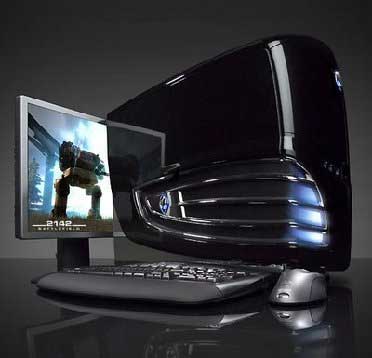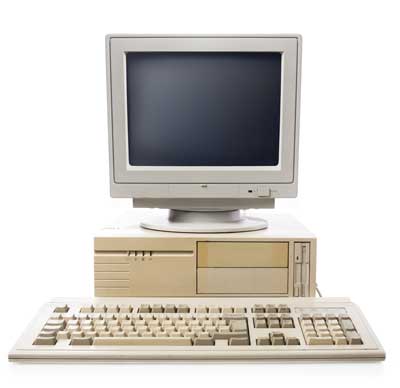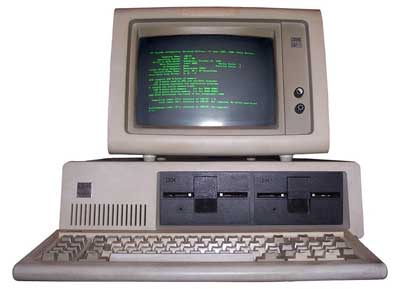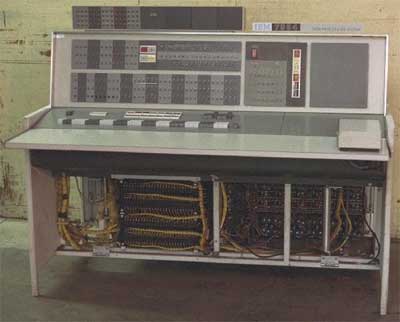SCOPE OF COMPUTERS
In the current world, it’s almost impossible to imagine that someone can live without computers. Computers have become an electronic device of almost every day use for individuals of every age. They are essential in almost all the business dealings that are made nowadays. The most that any industry has gained from the discovery of the computers is the business industry because of its nature. Computers have gained significance as they have improved the efficiency and productivity of work done. Large amounts of information in industrial and business sectors as well as in the personal lives are stored on computers.
Computers can help businesses by making their staff efficient and productive and also save their valuable time in any business or office. Computers in schools will help the learners to comprehend the basic concepts better with the help of video or audio examples. Computers in higher learning institutions will help the professors and researchers to do their work very fast and in an efficient and better way and also help them to share the same knowledge with their other members of staff. Computers become a vital gadget in several sectors; railways, banking, electricity, telephone departments, shopping carts etc are just but a few of them. Computers are also used in the medical industry to help doctors in diagnosing the diseases quickly and efficiently. All the administrative systems, whether private or public are now using computers and this practice can be evident in every part of the world.
INVENTIONS
Inventors have undoubtedly been heroes for all of us. By burning the midnight oil, they have gifted humankind with revolutionizing technology. Whether it is a mobile phone or a radio, they have never been miser in endowing the society with life transforming inventions. One such empowering invention has been of Computer. Not one but there are many geniuses behind the development and growth of this phenomenal technology.
Wooden abacus laid basis for the computers long time back. By walking through annals of computer history, one can have a peek into rich legacy of 21st century’s technology. Back from 3000 B.C. abacus, which was a simple calculating tool introduced in China, is known to be the foundation of today’s computers. But in essence this tool cannot be compared with the super computers of today. After abacus, came slide rule in year 1622 A.D introduced by William Oughtred. This was considered to be though provoking and conceptual element to the computer development.
"Who invented the computer?" is not a question with a simple answer. The real answer is that many inventors contributed to the history of computers and that a computer is a complex piece of machinery made up of many parts, each of which can be considered a separate invention.
Computer History
Year/EnterComputer History
Inventors/Inventions Computer History
Description of Event
1936
Konrad Zuse - Z1 ComputerFirst freely programmable computer.
1942
John Atanasoff & Clifford Berry
ABC ComputerWho was first in the computing biz is not always as easy as ABC.
1944
Howard Aiken & Grace Hopper
Harvard Mark I ComputerThe Harvard Mark 1 computer.
1946
John Presper Eckert & John W. Mauchly
ENIAC 1 Computer20,000 vacuum tubes later...
1948
Frederic Williams & Tom Kilburn
Manchester Baby Computer & The Williams TubeBaby and the Williams Tube turn on the memories.
1947/48
John Bardeen, Walter Brattain & Wiliam Shockley
The TransistorNo, a transistor is not a computer, but this invention greatly affected the history of computers.
1951
John Presper Eckert & John W. Mauchly
UNIVAC ComputerFirst commercial computer & able to pick presidential winners.
1953
International Business Machines
IBM 701 EDPM ComputerIBM enters into 'The History of Computers'.
1954
John Backus & IBM
FORTRAN Computer Programming LanguageThe first successful high level programming language.
Stanford Research Institute, Bank of America, and General Electric
ERMA and MICRThe first bank industry computer - also MICR (magnetic ink character recognition) for reading checks.
1958
Jack Kilby & Robert Noyce
The Integrated CircuitOtherwise known as 'The Chip'
1962
Steve Russell & MIT
Spacewar Computer GameThe first computer game invented.
1964
Douglas Engelbart
Computer Mouse & WindowsNicknamed the mouse because the tail came out the end.
1969
ARPAnetThe original Internet.
1970
Intel 1103 Computer MemoryThe world's first available dynamic RAM chip.
1971
Faggin, Hoff & Mazor
Intel 4004 Computer MicroprocessorThe first microprocessor.
1971
Alan Shugart &IBM
The "Floppy" DiskNicknamed the "Floppy" for its flexibility.
1973
Robert Metcalfe & Xerox
The Ethernet Computer NetworkingNetworking.
1974/75
Scelbi & Mark-8 Altair & IBM 5100 ComputersThe first consumer computers.
1976/77
Apple I, II & TRS-80 & Commodore Pet ComputersMore first consumer computers.
1978
Dan Bricklin & Bob Frankston
VisiCalc Spreadsheet SoftwareAny product that pays for itself in two weeks is a surefire winner.
1979
Seymour Rubenstein & Rob Barnaby
WordStar SoftwareWord Processors.
1981
IBM
The IBM PC - Home ComputerFrom an "Acorn" grows a personal computer revolution
1981
Microsoft
MS-DOS Computer Operating SystemFrom "Quick And Dirty" comes the operating system of the century.
1983
Apple Lisa ComputerThe first home computer with a GUI, graphical user interface.
1984
Apple Macintosh ComputerThe more affordable home computer with a GUI.
1985
Microsoft WindowsMicrosoft begins the friendly war with Apple.





